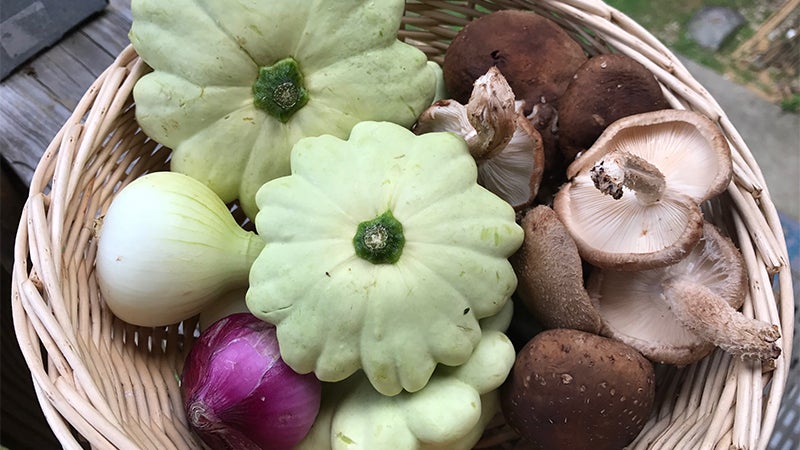Seeking out local food under winter sun
Published 6:42 pm Wednesday, January 22, 2014
In the summer, it’s easy for all of us to jump on the locavore bandwagon.
Weekly farmers markets sell ears of pale gold corn cloaked in wet silk, green beans slender and unwrinkled, juicy stone fruits whose sweetness you can smell from yards away.
Home and community gardens yield what we sow, or “sow” we hope.
Their bounty brings heirloom tomatoes, heaps of tender salad greens plucked from the ground the morning and fresh herbs with dirt still clinging to the roots. It’s a joy to eat locally more than it is a challenge.
In the winter, however, even the most committed locavores could be forgiven for falling off the wagon. Many of us still do not know how to stay connected to local sources, if not growing our own.
People cite deeply felt reasons for becoming locavores, or those who choose to eat food grown and produced in the region where they live.
The term was coined in 2005 by a group in the Bay area and has since become ubiquitous; it was the New Oxfords American Dictionary’s word of the year for 2007.
We want to support the local economy, eat what tastes best right now, minimize food miles, maximize nutrition, connect with our communities and live in tune with the seasons.
With a little planning, we can eat predominantly local food throughout the winter as well. In winter we can hunker down with root vegetables like carrots, turnips, radishes, parsnips, celery-root and beets of multitude color and variety.
Leafy greens, sprouts, winter squashes and vitamin-packed sweet potatoes, cabbages and micro-greens and sprouts from greenhouses are delicious.
These seasonal food choices are designed to help us ward off winter colds and flus, keep us warm from the inside out and give us the natural energy we need for winter.
How do we find the local good stuff all winter long?
As our demand for local foods grows, so will our options.
Don’t be afraid to ask for local produce wherever you shop. Local organic produce is still available through Manna Cabanna through their winter CSA program in Saluda and find new items weekly at the Farm Store in Mill Spring.
Adawehi’s Beneficial Foods and Emerald Springs Farm grows their own and Beneficial Foods can value-add them into soups and prepared meals.
Ask Patrick McClendon at the ag center for a list of local farms that conduct direct farm sales or check in with Slow Food Foothills.
Also keep Saturday, Feb. 8 on your calendar for the ag center’s indoor farmers market.
Bulk up your winter meals with heirloom cornmeal recipes. Grits, corn bread and corn muffins are typically Southern foods.
In the 1800s, there were dozens of mills in most counties. Everyone knew that dishes made from freshly ground corn were the tastiest.
I grew up with fresh heirloom cornmeal and wild rice varieties brought forward by Native Americans in Minnesota. Mountain communities across southern Appalachia maintained their own preferred varieties of corn and beans and used them in treasured, local recipes.
Today, many of these regional specialties and family heirlooms are in danger of being lost forever. It’s a locavore adventure to seek out and support the use of foods that sustain us and our culture under the winter sun.


